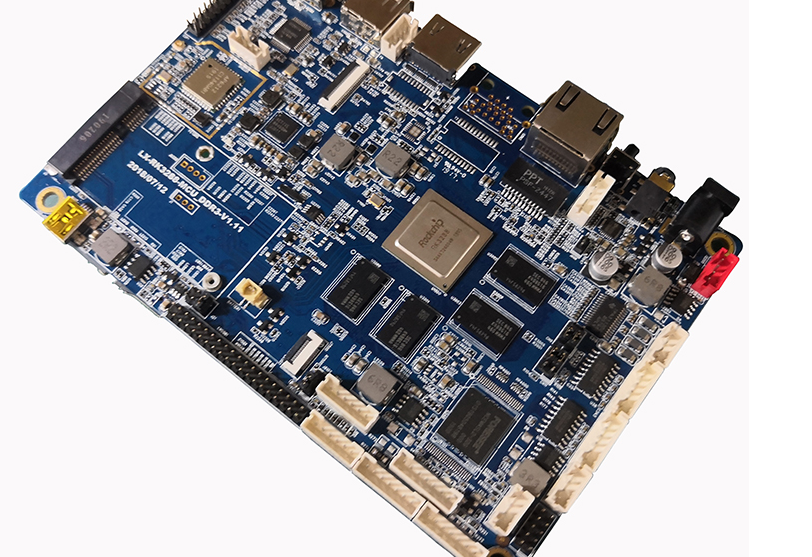1. Typical PCBA water cleaning process
The PCBA water cleaning process uses water as the cleaning medium. A small amount (generally 2% to 10%) of surfactants, corrosion inhibitors and other chemical substances can be added to the water. After washing, the source of pure water or deionized water can be repeated many times. Washing and drying complete the PCBA cleaning process.
The advantage of water cleaning is that the cleaning medium for water cleaning is generally non-toxic, does not endanger the health of workers, and is non-flammable and non-explosive. Therefore, the typical PCBA water cleaning process has good safety. It has a good cleaning effect for similar pollutants and polar pollutants: the water clear makes it compatible with the packaging materials of the components and the PCB material, and does not swell or crack the rubber parts and coatings, so that the components The markings and symbols on the surface can be kept clear and complete, and will not be washed off. Therefore, water cleaning is one of the main processes of non-ODS cleaning.
The disadvantage of water washing is that the investment in the entire equipment is large, and it is still necessary to invest in water production equipment for pure water or deionized water. In addition, it is not suitable for non-airtight devices, such as adjustable potentiometers, inductors, switches, etc. The water vapor entering the device is not easy to be discharged, and may even damage the ring components.

Typical PCBA water cleaning process
Water washing technology can be divided into pure water washing and water adding surfactants. The typical PCBA process is as follows:
Water + surface activity - water - pure water - ultrapure water - hot air
Typical PCBA water cleaning process
Generally, an ultrasonic device is added in the washing stage, and an air knife (nozzle) device is added in addition to the super in the washing stage. The water temperature is controlled at 60-70 degree Celsius, the water quality is very demanding, and the resistivity is required to be 8-18MQ·cm. This alternative technology is suitable for PCBA patch processing plants with large production batches and high product reliability requirements. For small batch cleaning, small cleaning equipment can be selected.
2. How is the PCBA cleaned inspection performed?
How is the inspection after PCBA cleaning performed?
The inspection after PCBA cleaning is mostly carried out by visual inspection method. For high-reliability products, special testing equipment and standard methods are required to measure cleanliness. The main criteria for measuring cleanliness are ion pollution and surface insulation resistance.
1. Cleanliness standards
(1) Ion pollution degree
There is no clear standard for ion pollution in the current SMT chip processing plants. Usually, the US military standard MIL28809 or the American Standards Association standard ANSI/J-001B is quoted.
(2) Surface insulation resistance (SIR)
The surface insulation resistance is usually measured by a comb circuit. This method is intuitive and quantifiable, and has the highest reliability, but it is also the most difficult. It requires the design of a comb circuit to measure. It is usually required that the surface insulation resistance SIR≥10 to the 10th power/㏀.
2. Inspection methods
The cleaning process inspection should be carried out according to the cleanliness requirements of the product.
If it is a product with special requirements such as military products, medical treatment, and precision instruments, it is necessary to use measuring instruments such as an Omega (Ω) meter to measure the Na ion dye degree; in addition, usually a shape test piece is used to test the surface insulation resistance.
The Omega (Ω) meter measures cleanliness by immersing the measured printed circuit assembly (PCBA) in a clean standard solvent, dissolving the ionic contamination on the PCBA surface into the standard solvent, and then calculating the standard solvent’s The content of equivalent sodium ions, which gives the cleanliness of the test piece
Indicators For a required product, it can be inspected by visual inspection methods.
The visual inspection method requires a 4x microscope inspection. The surface of the PCB and components should be clean and free of beads, flux residues and other contaminants. The judgment standard is to see the contaminants.